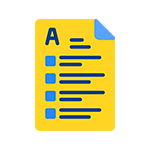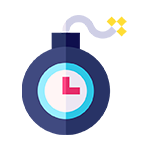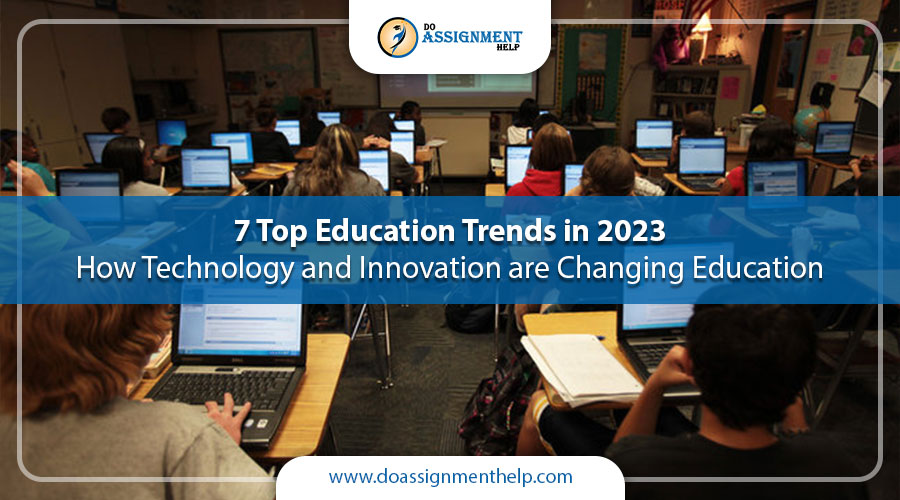As the saying goes, “The only constant in life is change”. Education is no different, as shown by the fact that its trends and technologies are always changing.
Education is a sector that is always changing, with new trends coming up every year. A variety of things will change how students learn and how teachers teach in 2023. Top education trends in 2023 include hybrid learning, personalized learning, project-based learning, skill-based learning, gamification, virtual and augmented reality, and a mix of real-world experiences and artificial intelligence. In particular, hybrid learning is becoming more popular since it lets students learn both online and offline.
Table of Contents
7 Top Education Trends in 2023
“7 Top Education Trends in 2023” highlights the emerging approaches and technologies that will transform the learning experience. So let’s explore these trends and stay ahead in the curve of learning.
1. Hybrid Learning
Before 2020, a lot of colleges adopted hybrid learning models. Now, more and more university classes are taking use of hybrid learning’s flexibility. It’s the best of both the online and offline worlds. Students can chat in class and online. Also, they can interact with materials both in person and through a digital community. Hybrid learning gives students a stronger sense of belonging to a group. It also gives them the freedom of online learning.
With hybrid learning, it’s crucial to use the same technology and give students a single online place to talk about their classes. When you give students a learning hub, they may easily talk to each other while they get used to their online learning environment. It also helps keep things the same at home and school. Use the same platform in Class and outdoors.
2. Personalized Learning
Personalized learning is another basic but very effective new way to learn. Its goal is to tailor learning to each student’s strengths, weaknesses, skills, and interests. This helps the student get a plan for learning that works best for them.
The main idea behind personalized learning is that each child learns in a different way and at a different pace. In personalized learning, each student gets a “learning plan” that is based on how they learn, what they already know, and what their abilities and interests are. It’s the reverse of how most schools teach, where “one size fits all.”
The strategy is centered on projects so that students can learn about the selected topics in a hands-on way. Students are expected to learn as they move through their education.
3. Project-based learning
Most students will work in an environment where they are expected to complete projects on their own or as part of a team. Because of this, educational institutions are putting more emphasis on project-based work. When students work and learn in project-based settings, “soft skills” like working with others, communicating, and solving problems become very important to their success. Students also learn how to test out concepts and figure out what works and what doesn’t.
Does your technology just provide information to students, or does it also make it easier for them to work together? More and more, whatever instructional technology you employ in the classroom should focus on communication and help kids learn how to work together.
Project-based learning is one way that teachers are putting these skills to use. This way of teaching gets students involved in solving problems by getting them to do things like create their own city or act out a courtroom.
For higher education, projects might be different in how they look and how hard they are. They let students be more independent and learn via trial and error. They also help students improve abilities like communicating, making decisions, and creative thinking, whether they are just starting to learn or are almost ready to start a job.
4. Skill-Based Learning
More than 90% of hiring managers think that soft skills, such as being able to solve problems, work well with others, and lead, are just as vital or more important than hard abilities in the workplace.
Only 3% of high school students think leadership is a required skill, which is shocking. According to a survey from the National Association of Colleges and Employers, which is the professional organization for career services employees, college graduates think they are much better at skills like cooperation and communication than their employers think they are.
Schools and colleges are thinking about ways to teach these abilities as part of their curriculums to help close this gap and give pupils the best chance of doing well. In the United Kingdom, part of this attempt is to give soft talents the value they deserve by renaming them “power skills.”
5. Gamification
Teachers are continually trying out new methods and employ a wide range of methods to do so. Gamification is one type of educational method that tries to get students interested in studying by putting game design and game features into the learning process.
The Gamification technique brings the same characteristics into the classroom by using game features to provide students with chances to act on their own and show that they are competent. Aside from that, gamification techniques have been shown to help teens grow their minds. Teachers can utilize gamification to make the classroom more interesting and competitive.
6. Virtual Reality and Augmented Reality
Technology is changing, and we are now in a completely new era where Virtual Reality (VR) and Augmented Reality (AR) are gaining momentum and making fast development. A report by Market Research Future (MRFR) says that the AR and VR in Education Market would expand at a compound annual growth rate (CAGR) of 18.2% from 2022 to 2027.
Traditional ways of teaching are changing quickly as the education sector grows and changes. Virtual and augmented reality has the potential to dramatically change the way professors educate and students learn in the education field.
Well, for one thing, Virtual Reality and Augmented Reality technology give kids a place where they may learn about complicated ideas and get hands-on experience safely. We can use AR and VR to improve STEM-related courses, medical simulations, arts and humanities content, and technical instruction.
7. A combination of Real and AI
AI, or artificial intelligence, can interact with humans and help them. It has the potential to be the next big thing in the world of technology, with the power to change and revolutionize many fields, including education, and to solve some of the biggest problems in education today by coming up with new ways to teach and learn.
Markets & Markets predicts that by the year 2023, the market for AI in education will be worth $3.68 billion. AI tools and technologies can help teachers grade papers quickly, give students personalized learning, give students smart content, and give students access to tutoring programs or systems that use AI.
But it’s crucial to remember that AI should focus on people. A combination of what professors say and AI will be a game-changer shortly. It will help pupils get a great education that will last for a long time.
Wrapping Up
In the end, these movements are molding the future of education, and they don’t contradict each other; instead, they work well together. Teachers can think about incorporating these top education trends in 2023. It helps students learn better and get ready for the future. It helps students to learn in a way that is more interesting, individualized, and immersive. These trends will focus on developing both hard and soft skills. For more information on education trends, you can contact our assignment help experts.
 Santa Clara, CA 95050
Santa Clara, CA 95050 





